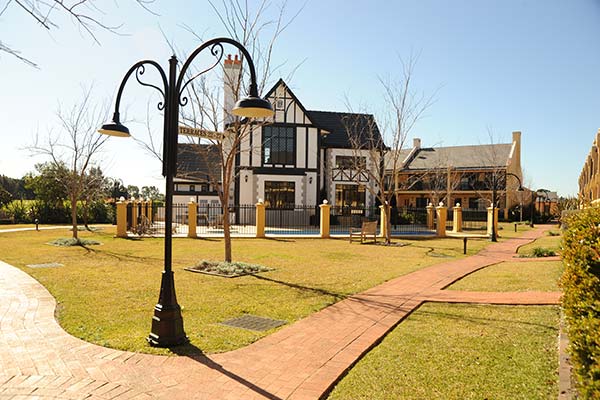According to the Department of Fair Trading, there are currently around 350 community associations and about 900 neighbourhood associations in New South Wales – a trend that’s likely to increase as the popularity of these unique schemes grows.
A community association is created with the registration of a deposited plan typically by a developer. As the individual lots are sold or subdivided, the membership of the association builds.
Community associations generally oversee a mix of properties, landscaping and recreational facilities on one land allocation. There could be a residential apartment next to a shopping centre, with landscaped gardens, a golf course, a children’s playground and a swimming pool. These facilities may be connected with roads, cycle ways and footpaths. The actual mix of facilities and buildings is unique to each association.
Managing these types of schemes provides specific challenges that a traditional stand-alone strata-title property wouldn’t experience.
The common property, such as roads, parks, gardens and recreational facilities, which in this context is known as association property, is managed by the community scheme.
Depending on how the scheme is set up, the apartment buildings may be managed by a separate strata scheme.
In this scenario, if you live in an apartment your building and the association property will be managed differently.
A community scheme committee would be responsible for managing the community association. They would call general meetings, an annual general meeting and potentially special general meetings. Anyone entitled to vote at a general meeting can request for a motion to be placed on the agenda. This motion would then be voted on and passed if it receives a majority of votes.
The community scheme would have its own by-laws that may be different to the by-laws of the strata scheme. If you want to make changes to your apartment, you may have to apply to both committees.
Similarly there may be different levies for each scheme. The association needs to raise funds to carry out its duties with the levies in proportion to the lot entitlements. An administrative fund is used for day-to-day expenses and a sinking fund is used to cover future capital requirements.
If you’re considering buying into a community association, it’s best to request a section 26 certificate, which contains the details of the executive members, the levies to be paid and if there are any outstanding levies. You should also read over the management statement as this contains the by-laws and the controls governing the scheme.
Just like strata title properties, community associations would also appoint a managing agent. This agent must hold a community managing agents licence. The appointment of the agent is decided at a general meeting with a majority vote.
For information on community associations, please contact your Strata Manager at Netstrata.
Subscribe to our newsletter
By signing up to our monthly newsletter, you’ll be the first to get the latest news and updates from our team.
SUBSCRIBE
